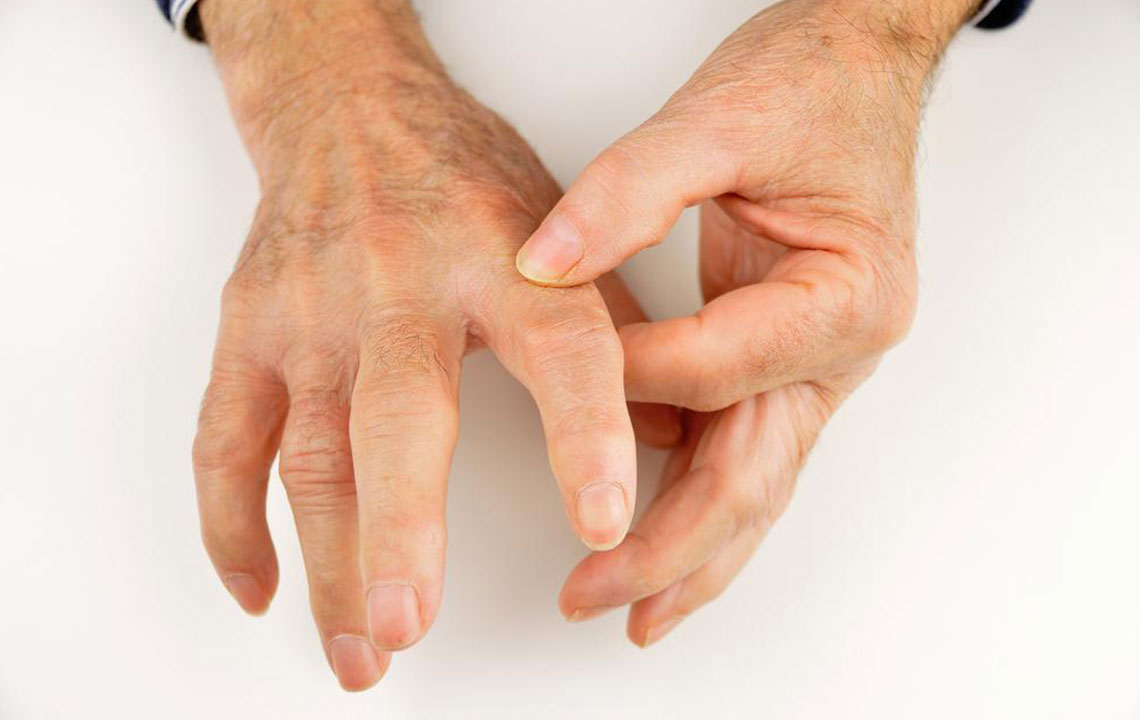Popular Treatment Options for Rheumatoid Arthritis and Gout

Contrary to the previous belief that it is rare to develop both rheumatoid arthritis and gout, in recent years, it is observed that rheumatoid arthritis patients are at high risk of developing gout in the near future. Rheumatoid arthritis(RA) is an autoimmune disease where the joints in your body suffer from chronic joint pain, swelling and stiffness. Gout is another type of arthritis where the uric acid level in a person’s body is alarmingly high, leading to the formation of uric acid crystals that cause joint pain and stiffness.
Both the diseases are inflammatory diseases, and many times it is difficult for the doctors to deduce which type of arthritis you are suffering from. Also, men are more likely to suffer from rheumatoid arthritis and gout together than women.
Is it Gout or RA?
Diagnosing the illness at the initial stage is very important. Though both the conditions have similar signs and symptoms, if you look carefully you can make out the difference. Here are some signs that differentiate the two:
- In most of the cases, gout occurs in the base of the big toe.
- Common areas that get affected by RA are the joints of your wrist and hands.
- You will always experience redness, swelling, and inflammation of joints when you are suffering from gouty arthritis symptoms.
- Rheumatoid arthritis is painful, but it is not always followed by swelling and reddening of the affected area.
In this article, you will learn about some common rheumatoid arthritis and gouty foot pain treatments.
Treatment for Gout
About 4 % of the population suffer from gout at some point in their life. This makes gout one of the most common types of arthritis that people suffer from today. There are two types of medication for gout foot pain, short-term medication, and long-term medication. While the short-term medication focuses on giving temporary relief from the gout flare, the long-term medication helps in bringing the uric acid level down in the long run.
Nonsteroidal anti-inflammatory drugs(NSAIDs)- The NSAIDs are some of the over the counter medicinal drugs that bring relief during an acute gout flare. If you want the medicines to work best, take them within 24 hours of you having a severe gout attack. Some of the popular NSAIDs are ibuprofen, naproxen, and aspirin.
- Corticosteroids: Like with NSAIDs, do not take these medications without your doctor’s prescription. The corticosteroids fight inflammation and give you relief from gout pain within 24 hours of consuming it.
- Colchicine: Colchicine is a plant-derived drug, and it has been used to treat gout for more than 2000 years. Two tablets of this drug are given during the gout attack, and otherwise, a small daily dosage of the medication is continued to improve the condition.
Treatment for RA
Unfortunately, you cannot cure a case of RA completely. All you can do is get a rheumatoid arthritis and gouty foot pain treatment to slow down or stop the progression of the disease. You can also opt for treatment options that will give you relief from the inflammation and improve your physical movement. Some of the popular treatment options that doctors use on RA patients are:
- DMARDs: Disease-modifying antirheumatic drugs (DMARDs) are given to the patients to slow down the progression of the condition and to prevent any permanent joint damage. Some common DMARDs that you can take are methotrexate, leflunomide, and cyclophosphamide. These medicinal drugs can be taken as oral pills, injection shots or infused into your veins. Consult your doctors before starting the dosage course.
- NSAIDs: Nonsteroidal anti-inflammatory drugs (NSAIDs) are over the counter drug options that give relief from the arthritis pain and inflammation. These drugs can be taken as oral medicines or as topical creams. Some common NSAIDs are ibuprofen, and ketoprofen and naproxen sodium.
- Other medicinal drugs: Along with the drugs mentioned above, corticosteroids or biologics drugs are also prescribed to RA patients to manage the inflammation and the swelling.
Alternative rheumatoid arthritis and gout foot pain treatments
While you take conventional rheumatoid arthritis and gouty foot pain treatments, here are some complementary treatments that you can consider.
- Physiotherapy: This therapy helps in improving your leg movement, getting rid of the stiffness of the joints and overall mobility.
- Relaxation therapy: Massages, yoga, and meditation helps in relieving stress and distracting you from the pain.
- Low impact workout: Since intense workout might make your situation worse, you must stick to low impact workout to strengthen your joints and muscles.
- Heat and Cold therapy: While heat compression helps in reducing the swelling of the joints, ice helps in numbing the pain.
- Eat right: A well-balanced diet will help in improving your overall health. Eating supplements that are rich in plant oils, fish oil will help in improving your condition.
Complement the above listed rheumatoid arthritis and gouty foot pain treatments with some positive lifestyle changes to get best results.


